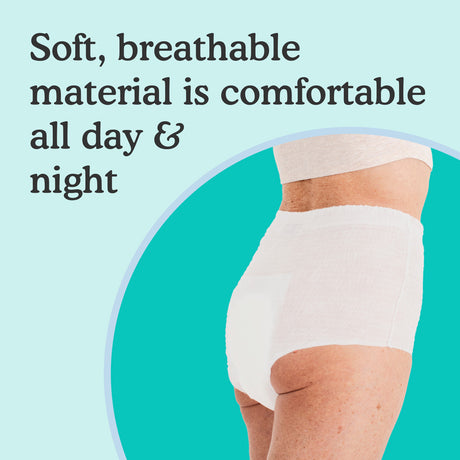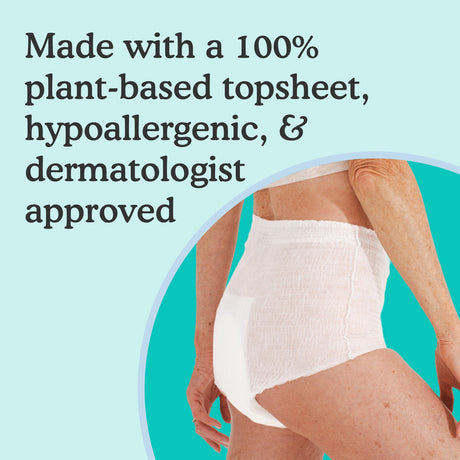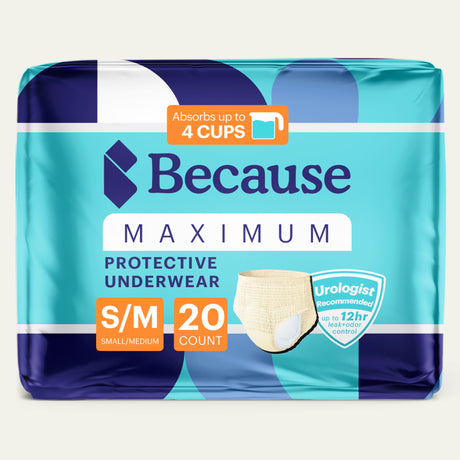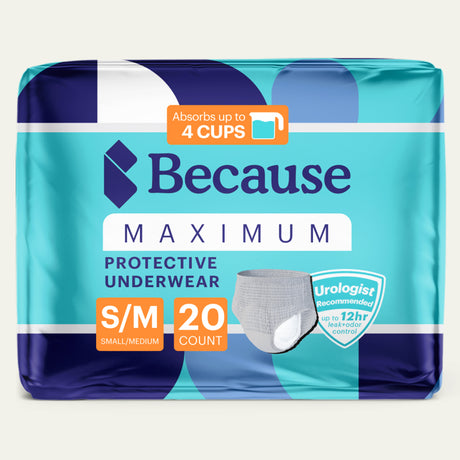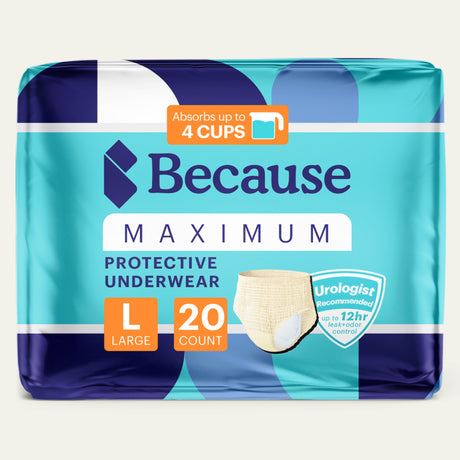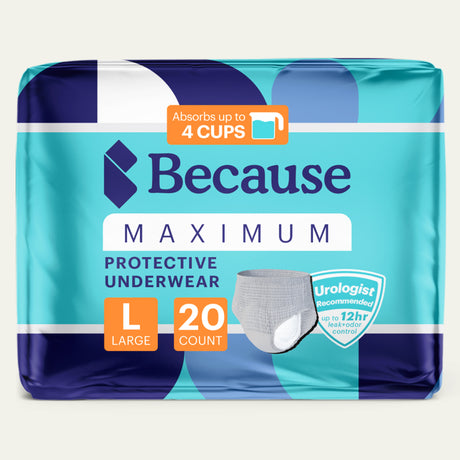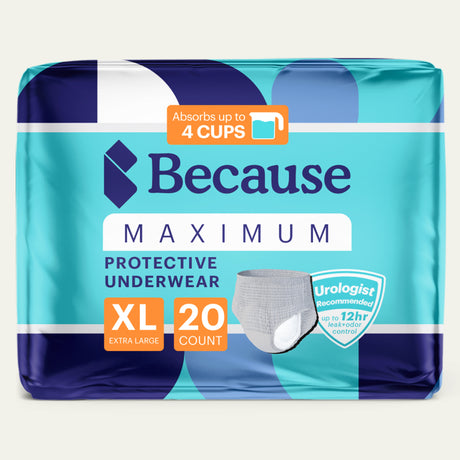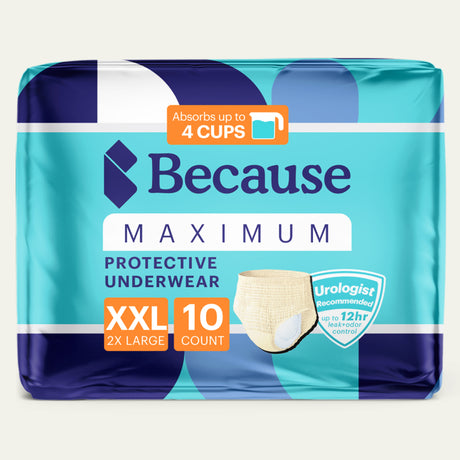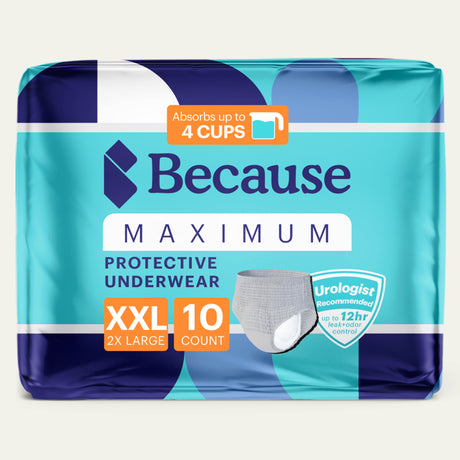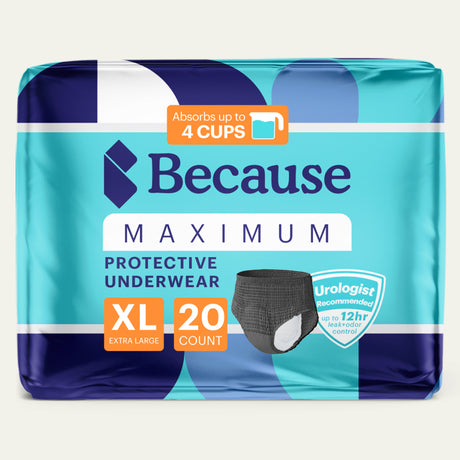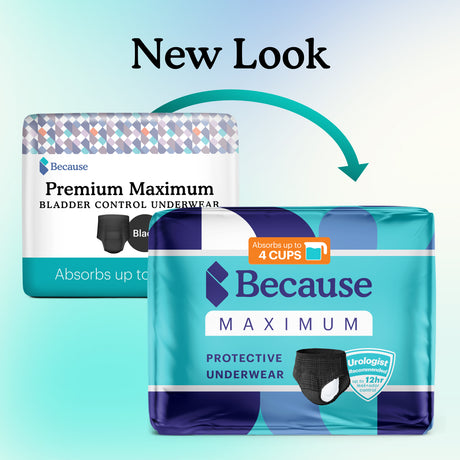
An estimated 33 million men and women in the United States suffer from overactive bladder (OAB) and experience associated symptoms of urinary urgency, urinary frequency, urinary incontinence, and urinating often at night (nocturia). The good news is that a successful treatment plan can help to reduce symptoms of overactive bladder.
Posterior Tibial Nerve Stimulation or PTNS is one treatment option for OAB that you may want to discuss with your healthcare provider. Read on to learn what it is and why it may be an effective treatment for overactive bladder.
What Is Posterior Tibial Nerve Stimulation?
Also known as percutaneous tibial nerve stimulation, posterior tibial nerve stimulation, or PTNS is a form of neuromodulation, the process of altering nerve activity through stimulation. In the case of PTNS, that stimulation comes in the form of gentle electrical impulses delivered through a slim needle electrode inserted into the ankle.

Anatomy and Function of the Posterior Tibial Nerve
The electrical stimulation delivered by the needle electrode acts on the posterior tibial nerve. The tibial nerve travels down the back of the leg and is responsible for controlling muscles and delivering sensation to the lower legs and feet.
The most accessible end of the posterior tibial nerve is located behind the medial malleolus, the bone that sticks out on the inner side of the ankle. This nerve travels up the leg and connects to another group of nerves, including the sacral nerve plexus found in the pelvis near the base of the spinal cord. The sacral nerves are responsible for bladder control and for controlling:
- The colon
- The sphincter muscles that allow the bladder to store and empty urine
- The pelvic floor muscles that support the lower urinary, reproductive, and lower digestive organs
The Process of Posterior Tibial Nerve Stimulation
During a PTNS treatment, you relax comfortably. The healthcare provider performing the treatment will then insert a fine needle electrode similar in size to what’s commonly used for acupuncture near the ankle. Then, they will connect the electrode to a battery-powered stimulator that will allow them to adjust the mild electrical impulses.
Typically, a single PTNS treatment session lasts for around 30 minutes and takes place in a doctor’s office. You don’t need to fast or do any other preparation before the treatment, and you’ll be able to drive home from the appointment and return to work the same day as your sessions.
A normal course of PTNS treatment usually involves a course of initial treatments that includes 12 weekly sessions. Most people who see benefits from the treatment notice an improvement in OAB symptoms like urine leakage and urgency within five to seven weeks. If you have a positive response to the PTNS procedure, your healthcare provider may recommend that you schedule additional treatments as needed.

What Is Overactive Bladder?
Overactive bladder or OAB is one of the most common types of functional bladder disorders. As previously mentioned, overactive bladder symptoms include experiencing a bothersome sudden urge to urinate, frequent urination, and getting up more than two times per night to urinate. Often, there is no underlying dangerous condition causing these symptoms, but your doctor should rule out other potential causes, such as infection, abnormal bladder growths, prolapse, or neurological issues.
Some people with OAB also experience urge incontinence—urine leakage due to a sudden, intense need to pee. Bladder weakness due to OAB can happen at any time or at specific times.
To understand what causes OAB, you first need to understand a little bit about bladder function. Typically, when the bladder becomes full of urine, the nerves send a signal to the brain that is experienced as an urge to urinate. Your brain should be able to keep your bladder muscle relaxed until you reach the bathroom at a socially appropriate time. When you reach the toilet, the nerves that control pelvic floor function and your urethral sphincter muscles relax, and the bladder contracts to push out urine.
In a person with OAB, the bladder may ignore your brain’s controls and contract despite you trying to hold it in, often leading to leakage.
Treatment for OAB can start with your primary care doctor, but more complex cases are generally managed by a urologist or urogynecologist.
How Can PTNS Help Patients With OAB?
PTNS treatment can help people with OAB by acting on the sacral nerves that give rise to symptoms. Electrical stimulation may lower the likelihood of involuntary bladder muscle spasms to reduce both urinary urgency and frequency, and the incontinence that occurs as a result.
How Effective Is PTNS for OAB?
Research studies indicate that PTNS is effective for some people, but reported success rates vary from study to study. Overall, studies report success rates of 50 to 80%.
For example, in one study involving 220 participants, 54.5% of those treated with OAB saw a moderate or significant improvement in bladder symptoms, while only 20% of those receiving a placebo sham treatment reported a reduction in symptoms. A more recent study reviewed the findings of previous studies and concluded that around 60% of patients saw a significant increase in bladder control and improvements in other symptoms after PTNS. Symptom improvement often endures over time.

PTNS Risks and Side Effects
Like many medical services, PTNS does carry some risk, however, significant side effects from treatment are rare. The most common unwanted side effects include temporary ankle discomfort and a small amount of bleeding from the needle.
Although PTNS is generally considered safe for most people, not everyone is a good candidate for the treatment. Doctors typically advise against PTNS if you:
- Already have implantable devices like certain cardiac pacemakers or defibrillators
- Have been diagnosed with nerve damage, especially damage to the tibial nerve
- Are prone to excessive bleeding due to medication or a medical condition
- Are pregnant or intend to become pregnant during the course of the treatment
More Ways to Manage and Treat OAB
PTNS is just one treatment for OAB. Depending on your age, health history, symptoms, and other factors, your medical provider may recommend lifestyle changes and other interventions for managing the condition. Read on to explore other ways to deal with OAB.

Diet and Lifestyle Changes
Making changes to dietary habits and lifestyle could make a significant difference in symptoms. Some changes that can be made include:
- Performing exercises to strengthen your pelvic floor and improve bladder control, especially if performed with a pelvic floor physical therapist
- Quitting smoking to support bladder health and overall well-being
- Avoiding or reducing your intake of caffeine, carbonation, sugar, artificial sweeteners, and foods that irritate the bladder like spicy and acidic foods
- Drinking alcohol only in moderation
- Getting enough water and other fluids to stay hydrated
- Maintaining a healthy weight through diet and exercise, as obesity can worsen incontinence
Incontinence Protection Products
Whether you undergo PTNS or seek to control OAB through diet and lifestyle changes alone, it will likely take time to see results. Using incontinence products can help you stay dry and feel confident in the meantime.

Bladder protection products include absorbent underwear that is worn in place of the usual undergarments and pads and guards that are placed inside underwear. There are adhesive pad and underwear products available for men and for women in a variety of absorbency levels, including moderate, maximum, and overnight.

Medical Interventions and Treatment Options
Some additional medical interventions and treatment options for OAB include the following.
Anticholinergic Medications
Anticholinergic medications can reduce muscle spasms to ease OAB symptoms. These drugs include:
- Darifenacin
- Fesoterodine
- Oxybutynin
- Solifenacin
- Tolterodine
- Trospium
However, speak with your medical provider about use of these medications, especially in older adults over age 65 years, as there is growing evidence of possible short term and long term cognitive side effects.
Beta-3 Adrenergic Medications
Beta-3 adrenergic medications work by relaxing the bladder muscles so that the bladder can hold more urine. Mirabegron and vibegron are examples of drugs in this class.
Botox Injections
Botox is a form of botulinum toxin that was originally introduced to the market to smooth lines and wrinkles. However, injections have been shown to provide medical benefits for other conditions, including OAB.
Because Botox reduces muscle contractions, injecting it into the bladder muscles may reduce urinary frequency and urgency. Like PTNS, Botox injections are usually administered on an outpatient basis in a healthcare provider’s office. Benefits usually last for 6 to 12 months, and injections are typically administered once to twice per year to maintain results.
Sacral Neuromodulation
Sacral neuromodulation or SNM is another form of neuromodulation used to treat OAB and other conditions like fecal incontinence. However, PTNS is the least invasive form of neuromodulation between the options.
For SNM, a medical provider implants a device at the sacral nerve plexus located in the lower back to stimulate the nerves that control the bladder. The procedure is usually performed on an outpatient basis, but there is a longer recovery period. Most people need to rest for one to two days following the procedure and may need to restrict their activities for three to six weeks afterward.
To find out if someone is a good candidate for SNM, treatment always begins with a trial period, called a “nerve evaluation”. During this time, the individual has an electrode implanted in their lower back, which connects to an external stimulator. Then, the person keeps a diary of their symptoms each day during the trial period. If there is at least a 50% reduction in symptoms, the medical provider may recommend the SNM procedure.
Augmentation Cystoplasty
When more conservative treatments fail to treat OAB, healthcare providers may recommend augmentation cystoplasty surgery to increase bladder capacity. This is a very rare treatment. Typically, this is done by removing a piece of the bowel and using it to replace part of the bladder. In some cases, it becomes necessary to use a catheter temporarily or permanently after the procedure.
Weighing Your Treatment Options
As you can see, there are many treatments available for OAB today. Which ones are right for you will depend on a number of factors. It’s a good idea to consult your medical provider about OAB treatments. In addition to developing a treatment plan based on your unique needs, your healthcare provider can answer questions that you have about managing OAB.
Medically reviewed by Dr. Kerac Falk, MD. Dr. Falk is Northern Nevada’s sole fellowship-trained urogynecology subspecialist with dual board certifications in Obstetrics & Gynecology and Female Pelvic Medicine & Reconstructive Surgery. He pursued his education at UC Berkeley and the Royal College of Surgeons, and continued with advanced residencies at Mount Sinai in New York and Emory University in Atlanta. An active researcher and recognized expert in female pelvic disorders, Dr. Falk combines top-tier credentials with a patient-focused approach.
Do you struggle with OAB? Take our bladder protection quiz and get a sample pack to try.
If you're struggling with incontinence, join one of our private support groups today!
Women's Incontinence Support Group
Men's Incontinence Support Group
Sources:
University of Colorado Urogynecology. (n.d.). Percutaneous Tibial Nerve Stimulation (PTNS). Retrieved from https://urogyn.coloradowomenshealth.com/treatments/ptns.html
Peters, K. M., Carrico, D. J., et al. (2010). Randomized trial of percutaneous tibial nerve stimulation versus extended-release tolterodine: Results from the overactive bladder innovative therapy trial. The Journal of Urology, 183(4), 1438-1443. doi: 10.1016/j.juro.2009.12.024
Hibner, M., Kileny, J., et al. (2017). Comparison of percutaneous tibial nerve stimulation versus an intravaginal electrical stimulation device in the treatment of overactive bladder. Female Pelvic Medicine & Reconstructive Surgery, 23(5), 313-316. doi: 10.1097/SPV.0000000000000435
Marcelissen, T. A., Leong, R. K., et al. (2013). Single blind, multicentre, randomized trial of PNE versus PTNS for OAB. Neurourology and Urodynamics, 32(8), 1009-1015. doi: 10.1002/nau.22326
Karp, D., Bhalani, V., et al. (2021). Effectiveness of percutaneous tibial nerve stimulation for the treatment of urinary incontinence: A systematic review and meta-analysis. International Urogynecology Journal, 32(8), 1993-2003. doi: 10.1007/s00192-021-04873-5






